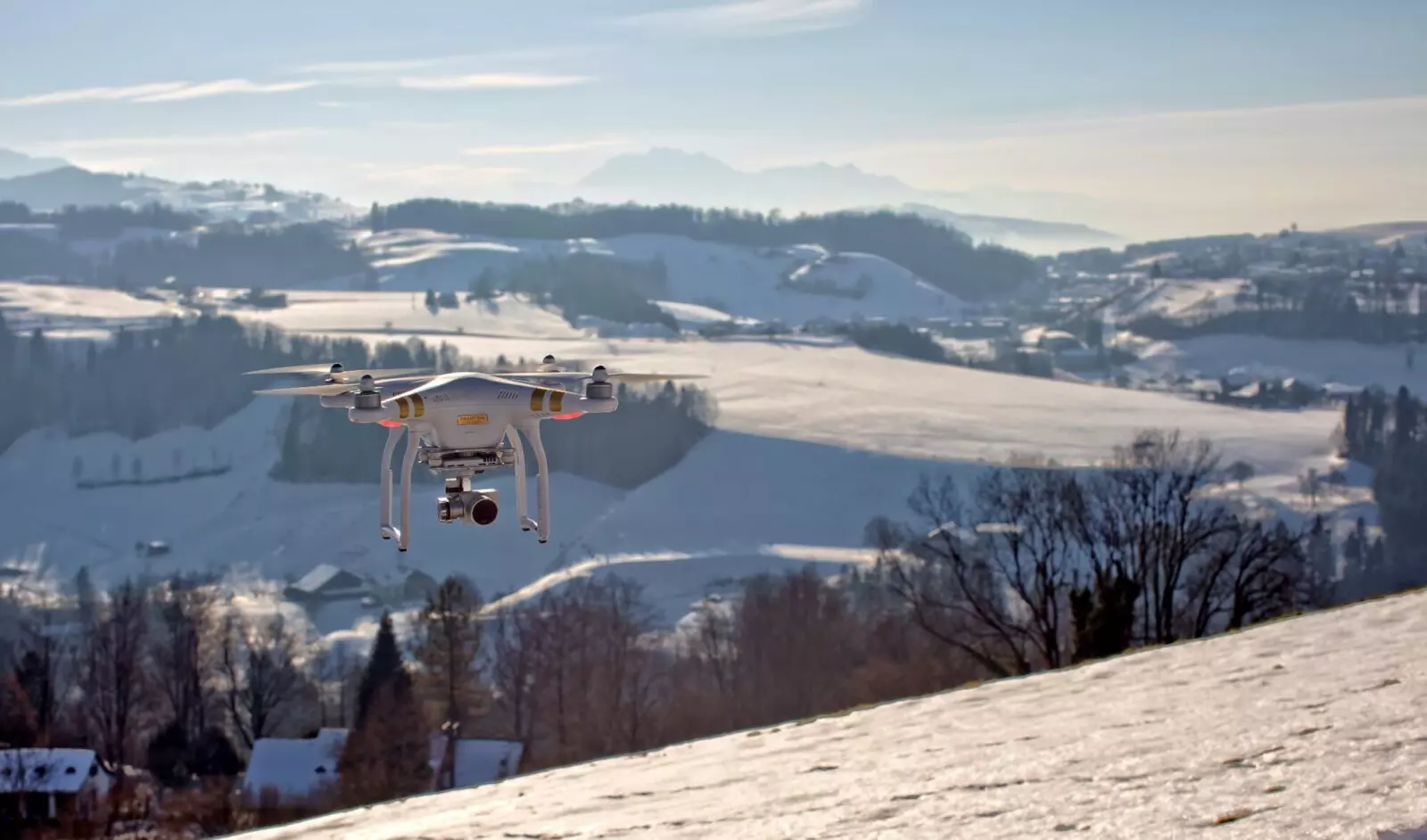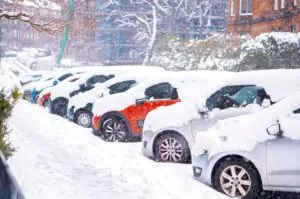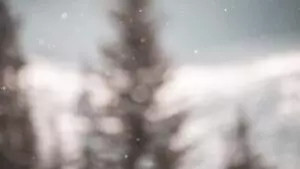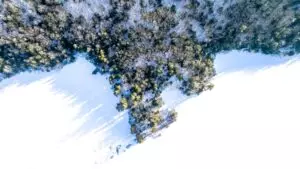Last updated on July 1st, 2024 at 09:16 am
Winter footage typically looks fantastic, but it can be very challenging. Why? Well, there are things to
know about flying a drone in winter, and we’ll share them with you!
Avoid flying at night in bad weather.
It is a fact that one of the most popular applications of commercial drones is aerial photography.
However, whether a professional or an enthusiastic beginner, you should avoid flying a drone in winter
at night if the weather is terrible. Winter offers a lot of challenges, such as snow, strong winds, and low
temperatures. And no matter how tempting or promising the idea of flying your drone through idyllic
darkness and dim lighting might seem, it is far too dangerous for both your drone and others. We say
others since most people fly their drones at night during winter in urban conditions where the contrast
between street lights and snow-covered streets shows off. You can easily mess up and hurt someone
since urban drone flying is challenging, even without lousy weather!
Bad weather is not your friend.
Does everything we’ve said already mean you should go ahead and fly your drone in the snow during
the day? Nope. It’s still just as bad of an idea as before! You can easily damage your drone if
you take it out in adverse weather conditions. Cold can make your propellers brittle, which can
make them snap. Snow tends to get into joints and other parts of your drone and then melt, which can
cause rather apparent problems. And there is always a chance strong winds will pick up and crash your drones.
Without much experience and knowledge, even professional drone users are reluctant to take their drones outside during winter!
Be very careful when flying your drone in hazardous urban conditions.
Do the proper pre-flight procedures.
If you fly outside during winter, you must follow some checks and procedures. Just like
when moving to a different climate, preparation is necessary. There are two things you want to make
sure of here. First, check whether the cold has damaged your drone’s propellers. You should
give up on flying if there is even the slightest inkling of damage during this check. It’ll likely only worsen once you’re in the air, and your drone will crash.
The second thing you need to do is give your drone a chance to warm up. Just like with some cars, you can’t just start it and set off driving in the cold.
Give it a few minutes once you start your drone; you can fly usually.
Use a proper launchpad.
When landing and taking off with your drone, there are two things you need to look out for: snow and
mud. We’ve mentioned the snow and having your drone lift out of it is a bad idea.
Mud, too, should be a rather obvious threat to the proper functioning of your drone. It can weigh your
drone down, get caught in joints, or even cover up your camera. That would make it impossible to
properly take photos and videos, making it far more difficult to fly your drone.
Even professional aerial photographers insist on using launchpads under such conditions, so you should follow suit!
Blurry photos are no good to you, so ensure your drone is clean when taking off!
Thoroughly dry your drone after the flight.
Several things can go wrong with your drone after a winter flight, so you must know how to fly
your drone in fog and snow safely. But the most serious are the consequences of not drying it properly. You
see, drone storage requires your drone to be placed in a secure and dry container and then put into climate–
controlled storage. What happens when your drone is not dried? It’s likely to start rusting, and you can
be sure that this will wreak havoc on its joints. Worse yet, moisture might get into its inner workings,
rendering your drone useless.
Also, cleaning and drying your drone immediately after a flight is insufficient. Condensation will
likely occur as it warms up. So, ensure there’s no new appearance of moisture once you have warmed it
up a bit.
Storing batteries the right way
Note that cold weather can mess with your batteries. And, as the moving experts from All Season Movers
point out, not accounting for the effect of weather on your equipment can lead to
accidents. The first rule of flying a drone in winter is only to use fully charged batteries. The second rule
is to pre-heat your batteries to about 68°F. There are battery heaters for sale, but just keeping the
batteries clasped in your hand in your pocket can work. You can also check battery temp using a DJI GO
or rely on your sense of touch. Finally, always remember that batteries drain much faster in cold
weather. So, watch your battery gauge, or your drone might suddenly crash when you least
expect it!
In-flight advice
Finally, you should follow some general guidelines when flying a drone in winter. To begin with, you
should try to avoid erratic control stick movements for more than one reason. First, the cold and the
sudden movement can cause battery voltage drops and make your drone fall. Second,
many of your drone’s moving parts will be more fragile than usual due to the cold, which can easily lead to damage and a crash.
The next thing to do is consider the light conditions to get good photos and videos. Most drones
have decent exposure and white balance modes, and some have auto-adjustment to light levels. So,
chances are, you won’t need to do anything special. Still, check your model and its options to avoid
useless footage.
Keep your drone steady while flying a drone in winter, and you’ll get fantastic footage!
Final comment
Now that we’ve covered what to know about flying a drone in winter, you should be ready. Just
remember to prioritize the safety of your drone and yourself, and you’ll be just fine!




